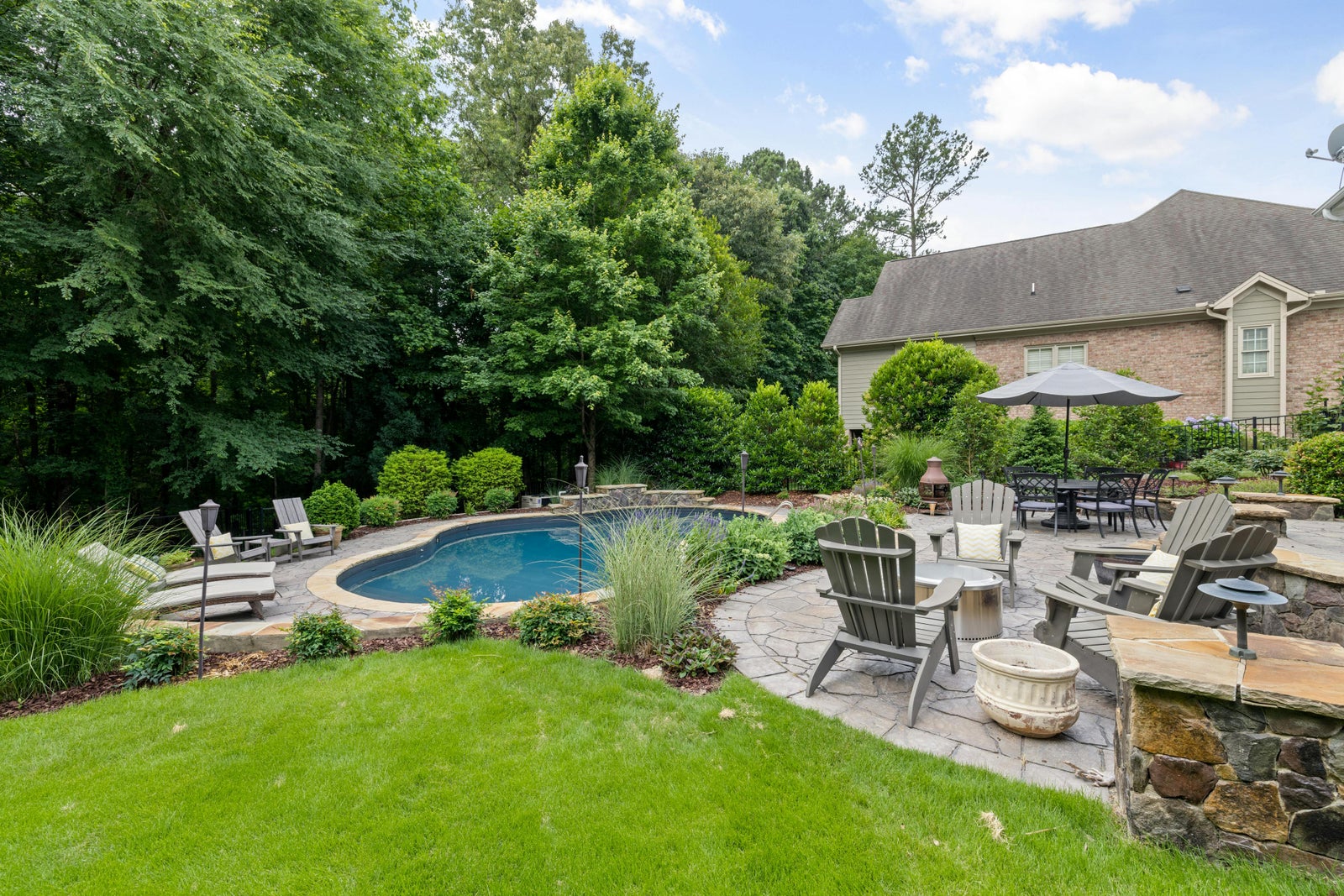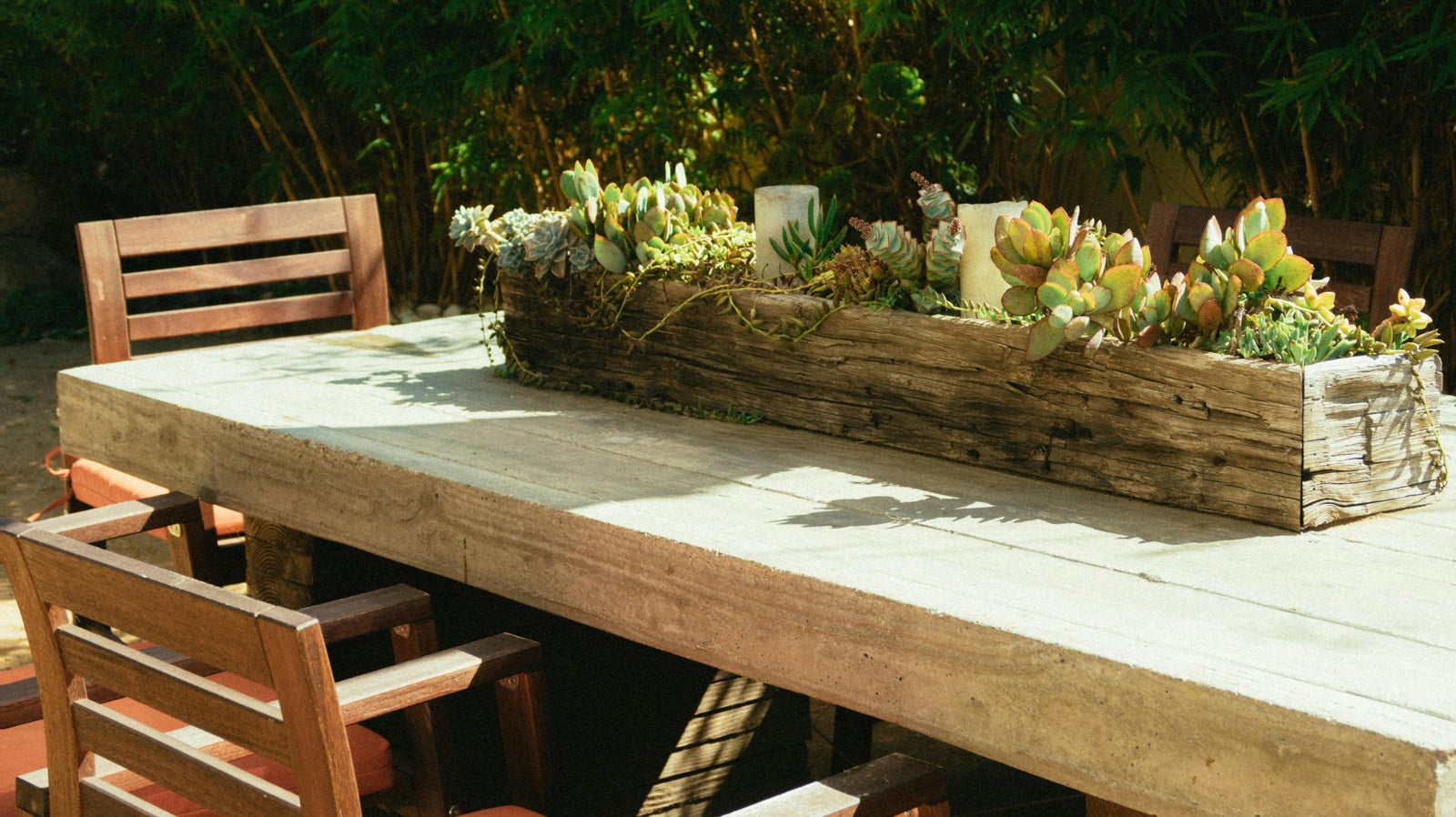
A home’s backyard is not to be overlooked—it can be a sanctuary, gathering spot, playground, or at the very least can add value to your property. However, not everyone has the time or desire to maintain a beautifully landscaped yard.
Thankfully, there are ways to create stunning outdoor spaces that don’t require a lot of upkeep and maintenance.
Here are some of the best tips for all you lazy landscapers out there!
Make a Plan
Before beginning to landscape your yard, consider how you want it do look as well as what you’ll mainly be using it for. Do you want to host gatherings and BBQ outside? Do you have young children who will be playing in the backyard? Pets who will be outside? Consider the main function of the yard before you begin planning.
Use Hardscaping
“Hardscaping” employs the use of materials such as stones and rocks. You can create stone walkways or patios and cover the grass, thus reducing the amount of lawn you need to care for. You can do completely hardscaped areas or just use stones around plant beds.Just be mindful of how you design your hardscaped areas, as you want to balance the vegetation with the hardscaping.

Plant Low-Maintenance Plants & Flowers
Some plants and flowers are very demanding and will wither and die if not properly cared for. If you don’t want to spend a bunch of time in the garden, choose plants and flowers that are hardy and don’t require a ton of upkeep.Here are some great choices:
Succulents: Succulents are very adaptable and hardy plants. They store water in their leaves and roots in order to use during periods of drought, meaning that you don’t often have to worry about how much water they’re getting.
Hostas: In addition to being easy to plant and grow, hostas can survive even very cold temperatures.
Ground-cover plants: As the name suggest, ground-cover plants are low-growing plants that densely cover the ground. Moss, ajuga (or bugleweed), lavender, and lady fern are all examples of ground-cover plants. These plants can fill out your garden with beautiful colours and don’t require pruning.
Local grasses: Whatever grasses are local to your area are going to be hardier and require less maintenance. They’ve evolved to thrive in your climate, so take advantage!
Of course, you may also want to look into what plants are native to your area. Different soil and different weather conditions will allow for certain types of flora to thrive. Check out this interactive map to find out what’s native in your area.
*As always, check to make sure you don’t plant anything that could be poisonous to your pets!
 Add Mulch
Add Mulch
Use mulch around your landscaped plants in order to add moisture and prevent weeds. Not only will this help your plants, but it will reduce the amount of weeding you have to do as well. Refresh your mulch every spring and you’re good to go! Potted Plants
Make use of potted plants! They don’t need to be tended to the same way flowers or plants growing in your garden do. You can keep them on the patio, on windowsills, on the front porch—anywhere you want a little added colour and freshness.
Consider Materials
Regardless of what aspect of your backyard you’re looking to design, always consider what kind of materials you’ll be using. Some materials will fare better in hot and humid climates, while others will be able to withstand harsh weather conditions like snow.Furniture, stone, fencing—the materials of these items should be chosen based on what can last you the longest while still looking great.
Landscaping can look like a chore, but it doesn’t have to be! Thoughtful “lazy” landscaping can mean more time spent enjoying the yard instead of working it.
